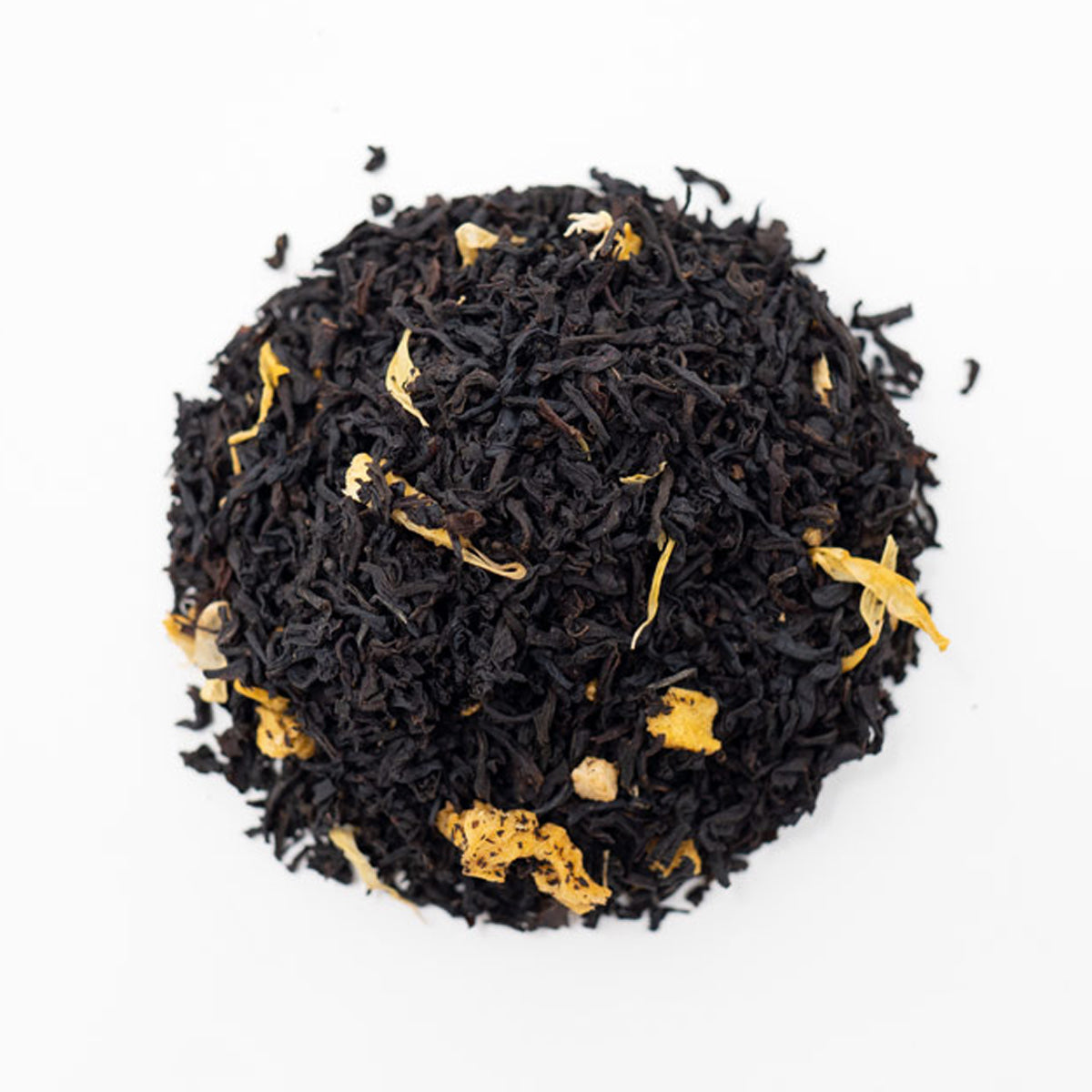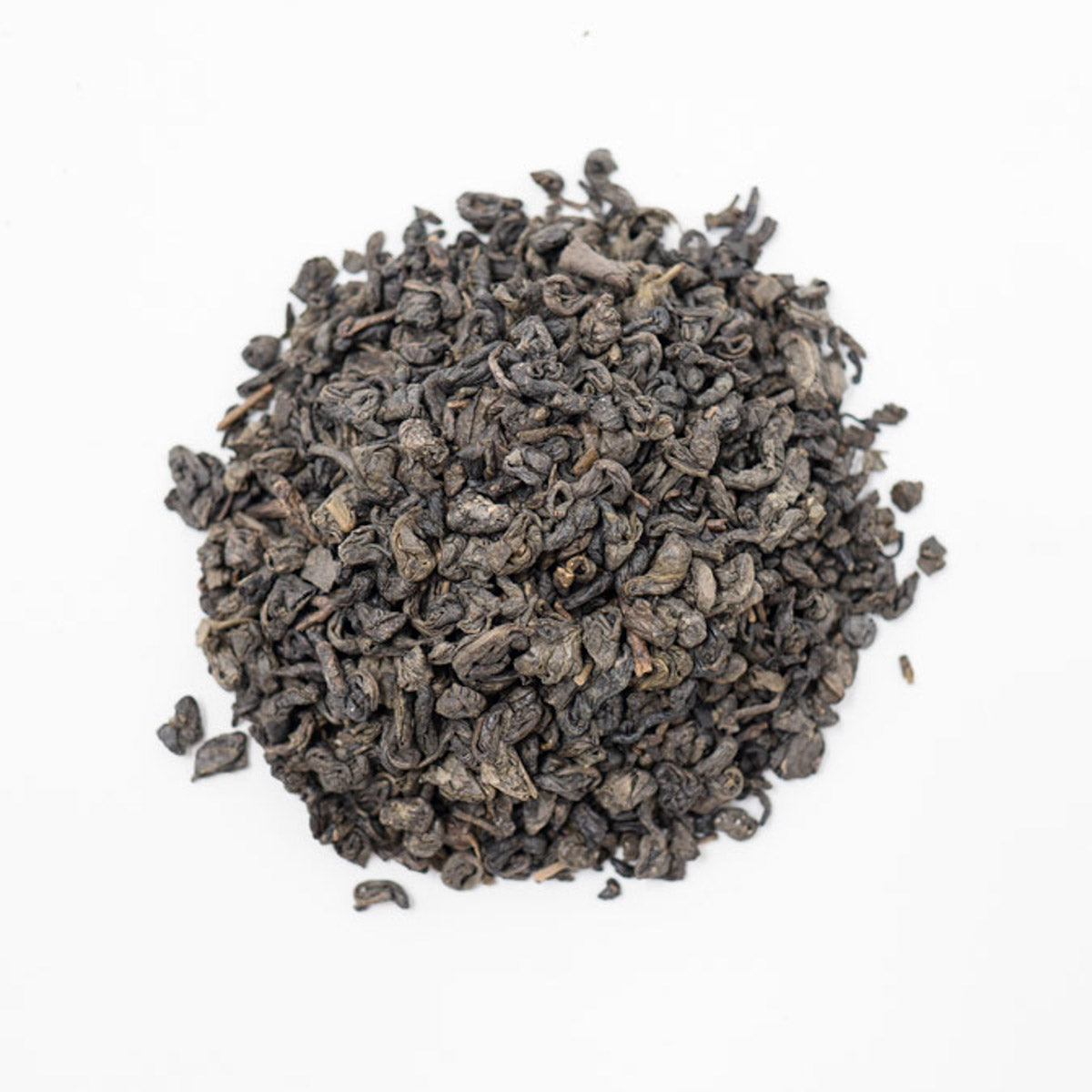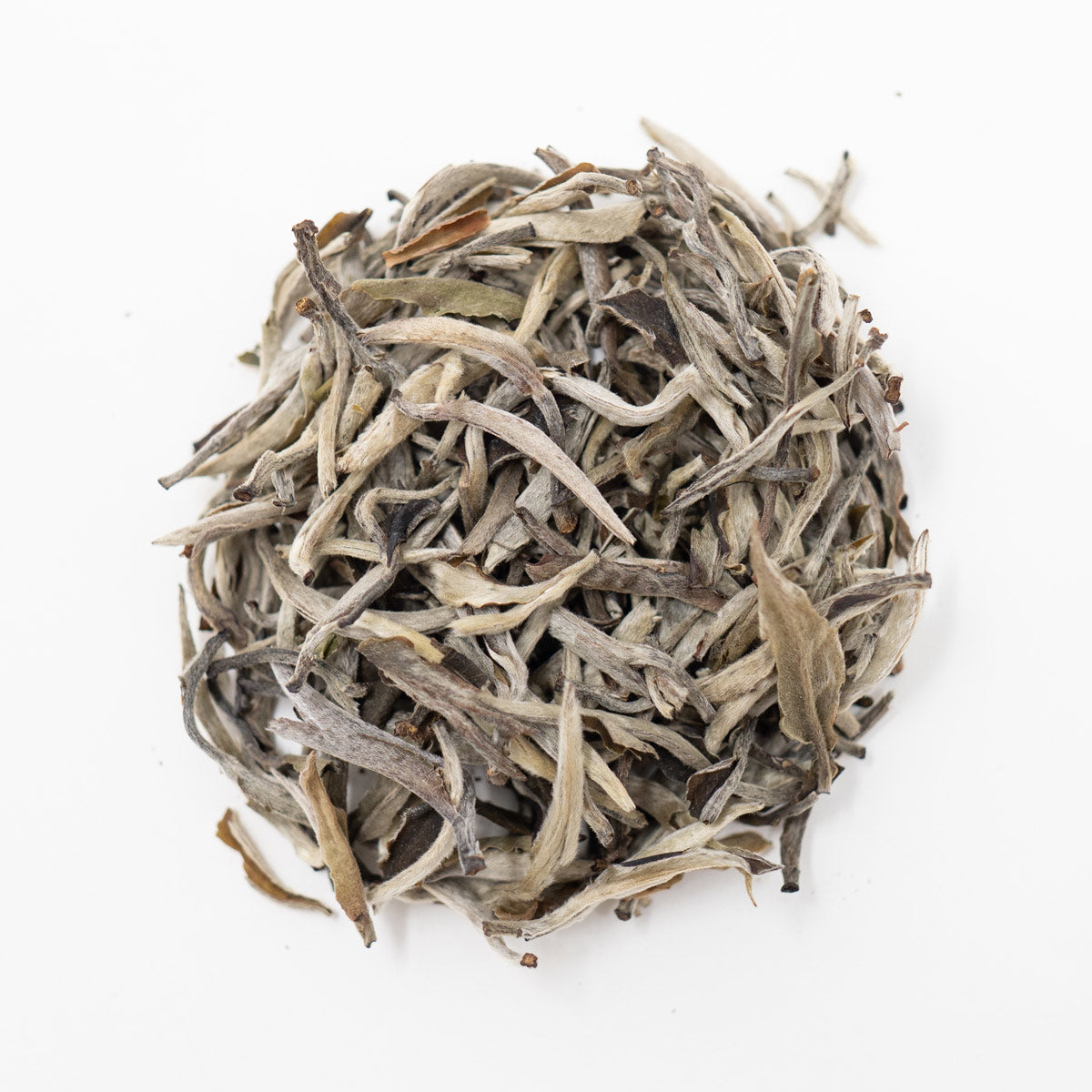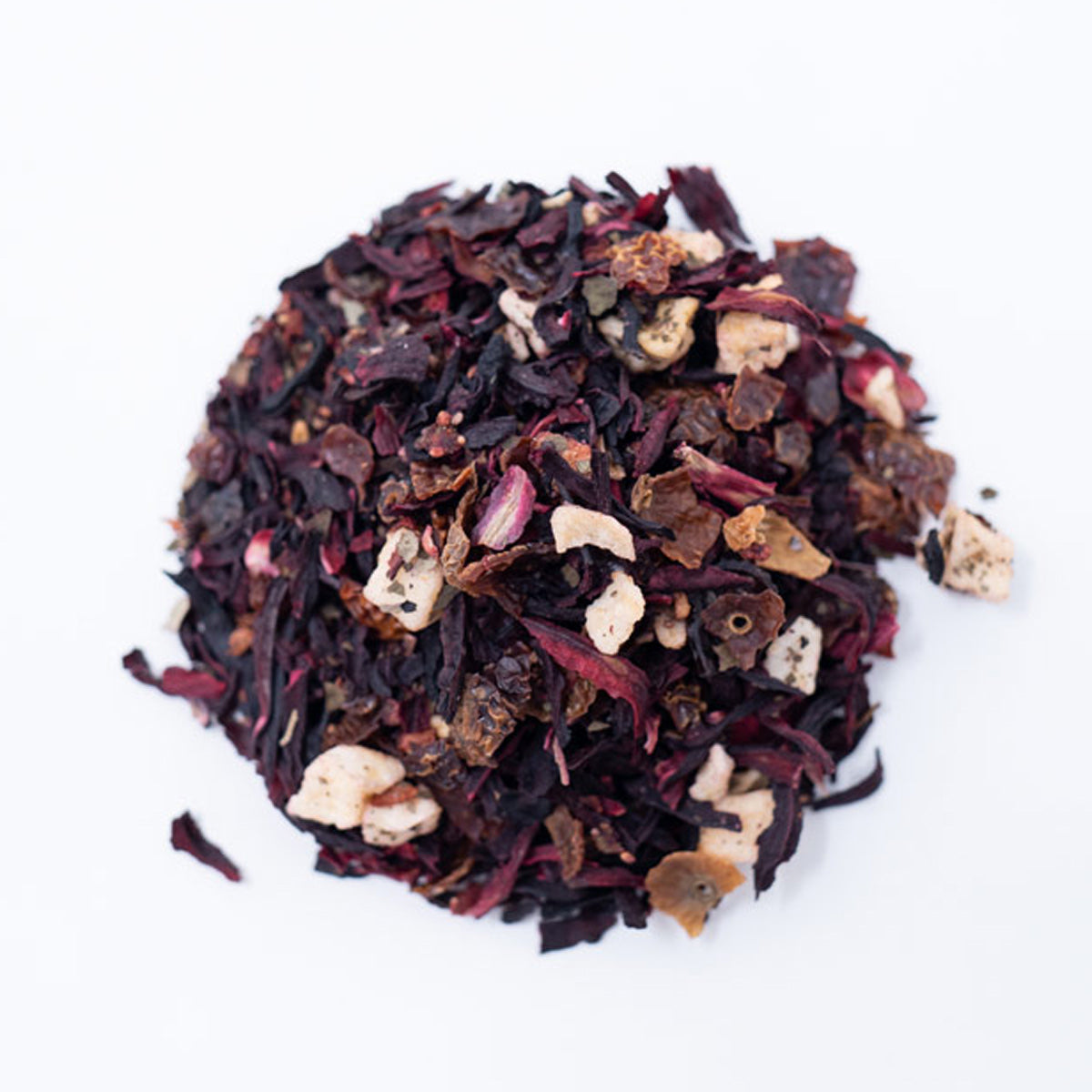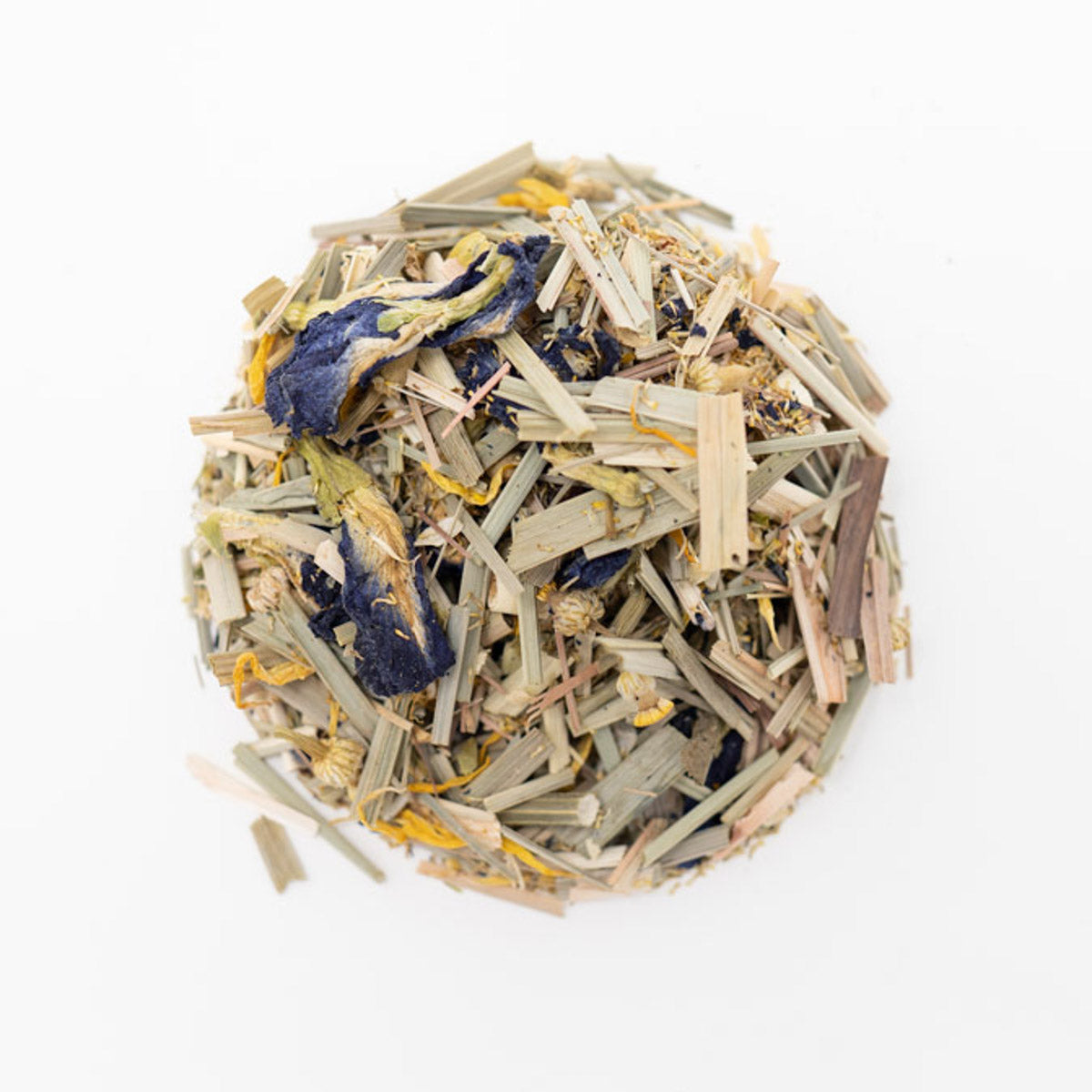United States | Tea History and the True Meaning of Local Tea
What comes to mind when you think of tea in America? Is it the Boston Tea Party? Perhaps you think of the Southern innovation of sweet tea? The Camellia sinensis tea plant, native to China, was a guarded secret for almost a thousand years. This secret was finally shared when trade routes were developed, and teas were introduced to the Middle East, Europe, Africa, and then finally to the American colonies. America has had a unique history with this beverage, and although secondary to coffee, the US has evolved into a nation of tea drinkers.
History
Tea originated in America in the mid-1600s when the culture and traditions of Europe were brought to the New World from the families who began to settle on the American continent. Since tea was a symbol of British culture, it was not well received due to America’s desire for independence. Over time, colonies like New Amsterdam (now known as New York) began acknowledging tea with open arms, and mercantile systems were established to increase trades and wealth. With the use of trade barriers and regulations, businesses based out of London were protected by the British government from smuggling and illegal trading with other countries, including America. Public teahouses and elaborate accessories were popular with the wealthy elite of the East Coast. Green tea was the most common tea consumed during this time. It was not long though before trouble began to brew. The middle of the 18th century saw tea as the most valuable export for the British Empire to the New World. Tea had become incredibly popular, from the wealthy to the poor. In a moment of greed, the British government imposed a 119% tax on tea in America, which caused the cost of tea to more than double for the average American.
The increased tea tax was the last straw for the colonists. American ports would not take goods ashore, and the tension reached a fever pitch in 1773 during the Boston Tea Party. Several dozen Americans tossed crates of tea off of merchant ships into the Boston Harbor. What followed was the American war for independence and the start of America’s love of coffee! After the revolution, a legal trading system was established, and American merchants used their clipper ships to export tea from China without the British getting involved. By 1860, tea was 65% of the total American trade system. These tea merchants became the first millionaires in America, and their wealth was later used to provide government loans to purchase arms for the War of 1812.
Through the 1800s, tea consumption continued to thrive in the United States, and many farmers experimented with growing tea throughout the country, most of which failed. Although tea production was not a success, America continued to contribute to some significant changes in the way we drink tea. One of the largest contributions to modern tea culture was the introduction of iced tea. In 1904, a group of tea producers at the Saint Louis World Trade Fair was handing out samples of their hot tea. The summer temperatures had reached such an uncomfortable level that no one wanted to try their tea. The frustrated booth supervisor grabbed a glass full of ice cubes, poured the warm brew into it, and invented iced tea! It still proves to be the most popular way to consume tea in the United States, with over 80% of tea consumed in this manner every year. The second-largest contribution was made by an American named Thomas Sullivan, who, by accident, invented the tea bag in 1908. Sullivan stored his tea in small silk bags and sold them to clients. His clients requested more silk bags for their tea, and since silk was so expensive, Sullivan began making his bags out of paper. Thus, the tea bag came to be!
During World War I (1914-1919) and later on to World War II (1939-1945), American tea consumption took a significant decline due to trade disruptions with China and Japan. It was not until 1971 that trading resumed normally with green tea predominantly coming from China and Japan, and black tea exported from India. Today, tea bags can be purchased in every grocery store, and specialty, premium-grade loose leaf tea has become more readily available in teahouses, online retail (hello, Hackberry!), and coffee shops.
Production & Types of Tea
In modern-day America, consumers are inundated with the idea of ‘eating local,’ and there is an increasing demand to know exactly where their food and beverages are coming from. Although this 21st-century concept offers certain benefits, it immediately runs into at least one issue: tea. North America has an extremely limited capacity to grow the tea plant (Camellia sinensis) due to cooler temperatures and lower humidity. Tea grows best in mountainous regions with versatile weather temperaments (both heat and rain). There is currently only one true tea farm in the entire United States and it does not produce the same level of quality as is found in other countries around the world. If you'd like to check out our collection of American-grown herbal teas, click here!
There’s a funny exception to this. Yes, America is incapable of successfully growing pretty much any black, green, or white teas that come from the Camellia sinensis plant. But there is a type of tea that can be grown here: herbal tea! The reason for this is that herbal tea is not ‘tea’ in the traditional sense; meaning, it does not come from the Camellia sinensis plant. Rather it is an infusion made from a variety of other plants, including herbs, flowers, fruits, and spices. This means that fruit tisanes, peppermint, chamomile, and more can absolutely be locally sourced! If you’d like to check out our collection of American-grown herbal teas, click here! To buy traditional tea, we here at Hackberry source from the top tea-producing countries around the world–countries like China, India, Kenya, Sri Lanka, and Turkey.
Traditional tea might not be an American crop, and while we might never be able to employ the ‘farm to teacup’ movement with this particular beverage, knowing where our tea comes from can certainly be a benefit. Understanding where our tea comes from—from its ancient roots to the people and businesses growing it today—helps us gain a deeper connection to it and enables us to love it that much more!
